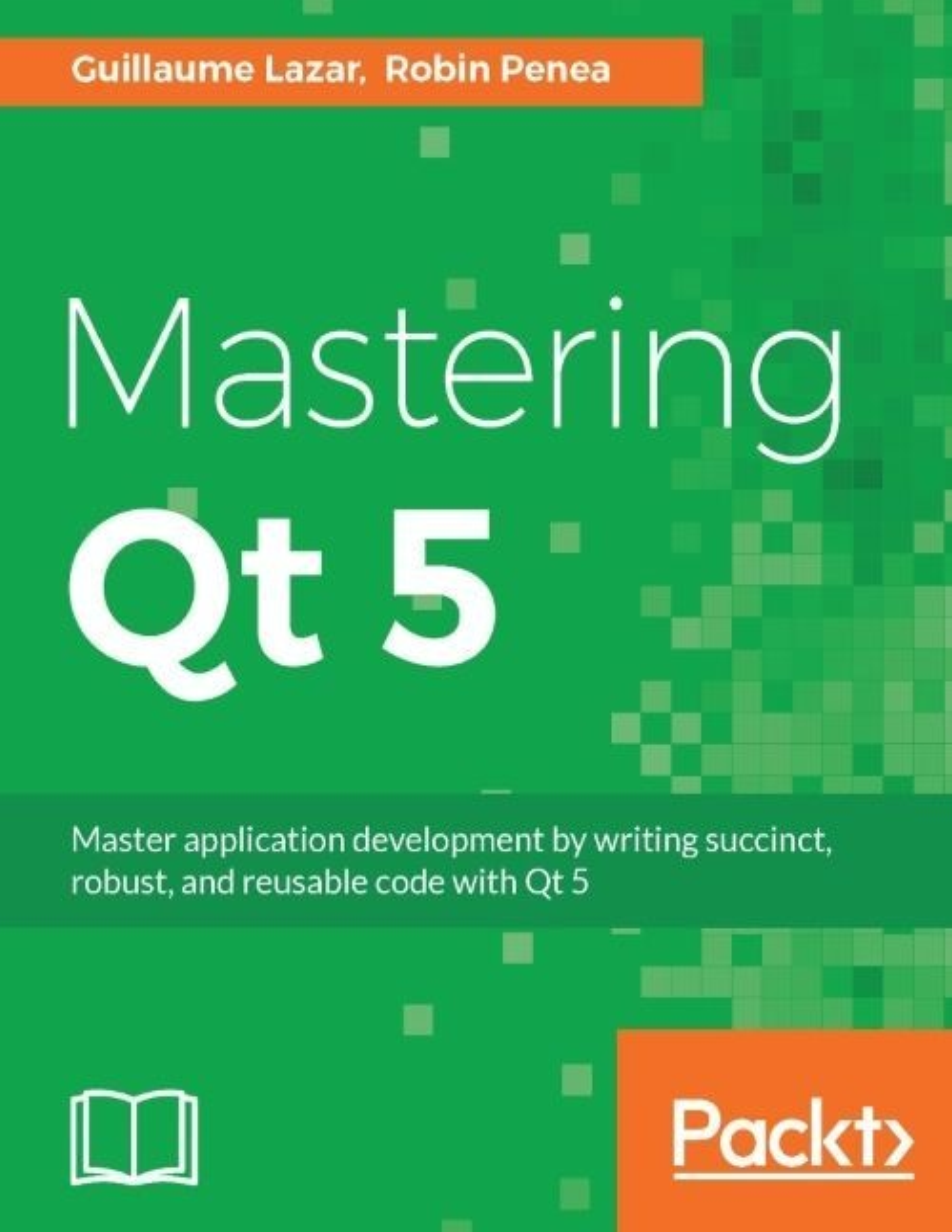

英语原文共 5 页,剩余内容已隐藏,支付完成后下载完整资料
Beyond Human Recognition: A CNN-Based Framework for Handwritten
Character Recognition
Li Chen, Song Wang, Wei Fan, Jun Sun, Satoshi Naoi
Fujitsu Research amp; Development Center, Beijing, China
{chenli, song.wang, fanwei, sunjun, naoi.satoshi}@cn.fujitsu.com
Feature
extraction
Feature
vector
—► Classifier —► Result
Deep learning
model
Result
Abstract
Because of the various appearance (different writers, writing styles, noise, etc.), the handwritten character recognition is one of the most challenging task in pattern recognition. Through decades of research, the traditional method has reached its limit while the emergence of deep learning provides a new way to break this limit. In this paper, a CNN-based handwritten character recognition framework is proposed. In this framework, proper sample generation, training scheme and CNN network structure are employed according to the properties of handwritten characters. In the experiments, the proposed framework performed even better than human on handwritten digit (MNIST) and Chinese character (CASIA) recognition. The advantage of this framework is proved by these experimental results.
- Introduction
As we know, the deep learning models are very powerful classifiers, which have been widely used for pattern recognition tasks and achieved top performance, such as image recognition [6, 16], human face recognition [17], human pose estimation [18] and character recognition [14, 3, 2, 21, 4, 4]. The deep learning models have fundamentally changed the traditional ways for pattern recognition and made breakthroughs in various tasks. As shown in Fig. 1, compared with the traditional methods, both the feature extraction and classification can be done automatically within the deep learning model. In other words, for employers, the deep learning model can be seen as “black box” and we only need to input the image and then the recognition result is obtained. In contrast, the traditional methods usually require artificial feature design and manually tuning of the classifier. Particularly, the empirical features can determine the performance of the traditional method to a large extend. After decades of research, the traditional methods have reached its limit. The emergence of deep learning provides a new way to break the limit and even achieve beyond
(a) Traditional methods
“Black box”
(b) Deep learning
Figure 1. Comparison of the traditional methods and deep learning.
Figure 2. Convolutional process of CNN.
human performance.
Among the deep learning models, the convolutional neural networks (CNN) is the most popular one especially for image recognition. This is because CNN is very suitable to represent the image structure. First, the pixels of the image are strongly related to their neighbor pixels but has little correlation with the far away pixels. As shown in Fig. 2, this property is very similar to the local connectivity strategy of CNN, in which the neuron only connected to a local set of the neurons (local receptive field). Second, in CNN, the weight sharing strategy ensures that different part of the image can share similar properties, such as texture and brightness. In conclusion, because of the above features of CNN, it becomes one of the best choice for image recognition tasks.
The handwritten character recognition is very difficult task since the character usually has various appearances according to different writer, writing style and noise. Many researchers have made great efforts to improve the recognition, such as better feature design and classifier optimization. However, as mentioned above, compared with CNN, those improvements of traditional methods are very limited. Simply by using CNN, a promising recognition rate can be obtained. Nevertheless, in order to pursue better performance of CNN, there are other issues which need to be addressed. In this paper, we proposed a CNNbased framework for handwritten character recognition and which achieved better performance compared with other CNN-based recognition methods. Moreover, our framework achieved beyond human performance on two famous datasets of handwritten characters: the MNIST of handwritten digits and CASIA of handwritten Chinese characters. For both datasets, this is the first time that the machine can beat human on recognition task. This groundbreaking result proved that with deep learning technologies, now the machines can do better job than skilled person on some tasks.
695
- The CNN-based framework for handwritten character recognition
The proposed framework is shown in Fig. 3. There are mainly three parts of the framework: the sample generation (random distortion), CNN models and voting, which are described as follows.
bull; Sample generation: since the training of CNN requires a large number of training samples, the sample generation is important to provide enough samples to fully train the CNN model. The sample generation is realized by two different types of random distortion: the local distortion and global distortion.
bull; CNN models: the network structure of the CNN models is designed according to the properties of handwritten characters and several training tricks are also employed for better training.
bull; Voting: multi
剩余内容已隐藏,支付完成后下载完整资料
资料编号:[260173],资料为PDF文档或Word文档,PDF文档可免费转换为Word


